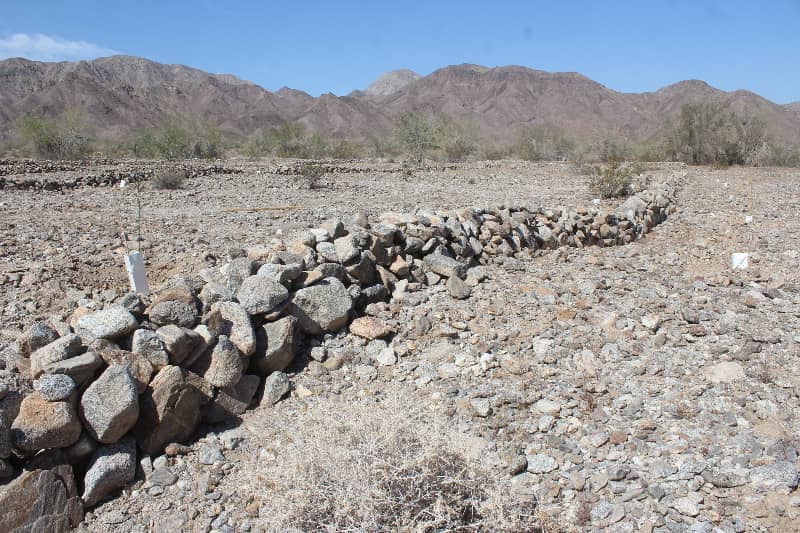The Sierra Cucapa, a Wild and Arid Valley of Baja California
In the Sierra Cucapa, a solemn and sacred site for the Cucapa people, there are species of flora and fauna that it is essential to strengthen and preserve the richness and biodiversity of Baja California.





